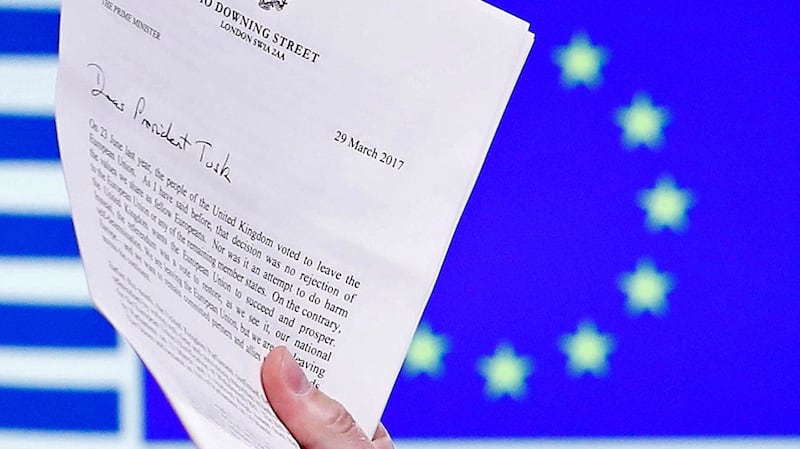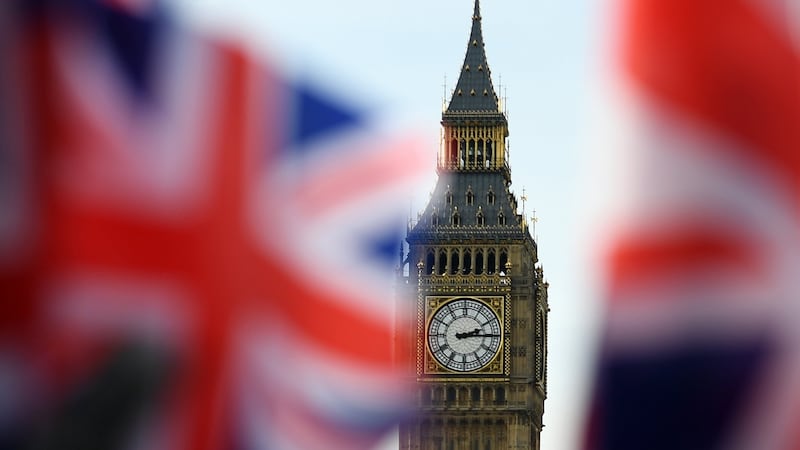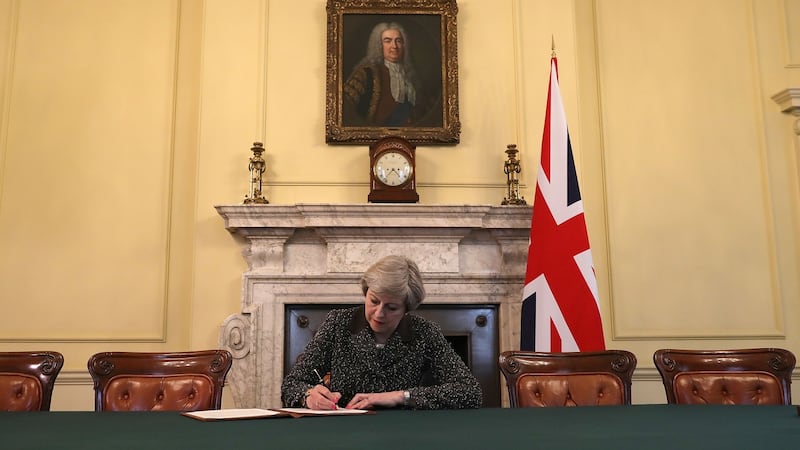The Union's overall objective in these negotiations will be to preserve its interests, those of its Member States, its citizens and its businesses
The UK may not yet have left the EU, but the mental separation is already well in train. While "member states" here could be read to include the UK, there is no mistaking, in the tone and content of the guidelines, that the EU27 will strive to act as one to prioritise their own interests. "We will negotiate as one," says a senior EU official, referring to the members states that will make up the post-Brexit bloc. "I'm confident that all 27 have internalised this. So far they are sticking more together than I would have dreamed about." Whether that harmony survives the acrimonious negotiations to come is far from certain, however.

0 of 3
The United Kingdom's decision to leave the Union creates significant uncertainties that have the potential to cause disruption, in particular in the UK but also in other Member States.
Translation: this is your doing, not ours, but it will harm us both. Whereas Donald Tusk’s initial comments on receiving Theresa May’s article 50 letter earlier in the week were sad, almost mournful, the even tone of the guidelines belies a stark, hard-headed message, which is that Brexit will have serious – and in some cases unknowable – consequences for both parties. “There will be disruption and barriers,” says the EU official, discussing the guidelines. “Not because of rigid bureaucracies, but because of the decision by the UK.” The official adds that the task is to reduce that impact as much as possible. “This negotiation is basically about damage limitation.”
In view of the unique circumstances on the island of Ireland, flexible and imaginative solutions will be required, including with the aim of avoiding a hard border, while respecting the integrity of the Union legal order
The inclusion of a specific section on Ireland, and one that adopts, copy-and-paste-style, some of the language the Government has been using ("unique circumstances", "avoiding a hard border") will give some reassurance to Irish negotiators. Putting Ireland's concerns at the heart of the agenda is the most they can realistically hope for at this early stage. Specifically, the guidelines refer to the need to support the goals of the Belfast Agreement and the "paramount importance" of protecting the gains of the peace process. A separate acknowledgment that the EU should "recognise existing bilateral agreements" between the UK and Ireland can be taken as a reference to the Common Travel Area. Note also the absence of any mention of "special status" for Northern Ireland. This term was often heard immediately after the Brexit referendum, but it has since become politically difficult – the DUP rejects any differentiation between the North and the rest of the UK, while member states such as Spain (with an eye to Catalonia) fear setting a precedent. The aggregate result of the negotiations could amount to a special status for the North, but political sensitivities mean that terminology will be avoided.

We must proceed according to a phased approach giving priority to an orderly withdrawal
In her article 50 letter, Theresa May asked for concurrent talks on the divorce and the shape of the future relationship between the UK and the EU. As expected, the EU is saying the two issues should be dealt with sequentially. However, while a trade deal between the two sides cannot be agreed until the UK is out, the guidelines suggest that "an overall understanding on the framework for the future relationship" could be drawn up during the second phase of talks under article 50 – the exit clause in the Treaty on European Union. "Everyone has an interest in building bridges to the future relationship," says the senior EU official. The guidelines nonetheless underline that the deal cannot give London the same benefits as members of the club.

[The European Council] reiterates its wish to have the United Kingdom as a close partner in the future
Seven times in her article 50 letter, Theresa May referred to the “deep and special relationship” the UK seeks with the EU after Brexit. The EU, for its part, wants “a close partner”. If these were small ads, London would be looking for a long-term relationship, Brussels for a friend to meet for coffee from time to time. Of course the reality is that both sides dearly want the best possible post-Brexit relationship, but the language in the two documents reflect the power imbalance at the outset of the negotiations. The Eu27 hold most of the cards.















